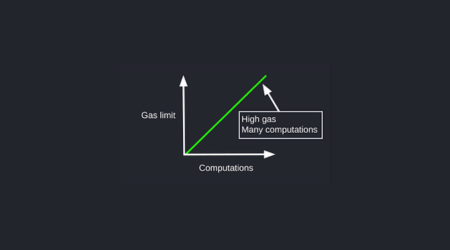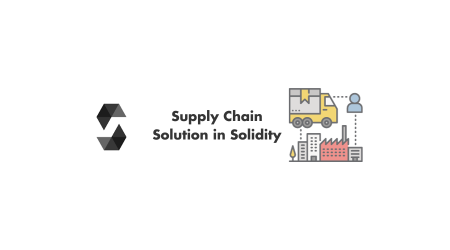Are you ready to embark on an exciting journey into the world of blockchain development?
With Ethereum and Solidity as your trusty companions, you’ll unlock the potential to create decentralized applications that revolutionize industries.
In this article, we’ll guide you through the basics of Ethereum and Solidity, help you set up your development environment, and delve into the intricacies of smart contracts and the Ethereum Virtual Machine.
Get ready to dive into the world of blockchain innovation and take your coding skills to new heights.
1. Key Takeaways
- Ethereum and Solidity are essential tools for blockchain development.
- Properly setting up the development environment is crucial.
- Solidity plays a crucial role in developing decentralized applications.
- Interacting with smart contracts allows for the execution of predefined actions.
2. The Basics of Ethereum and Solidity
Ethereum and Solidity are the fundamental tools you’ll need to start your journey as a blockchain developer. Understanding Ethereum’s consensus algorithm and exploring decentralized applications on the Ethereum network are essential for success in this field.
Ethereum’s consensus algorithm, known as Proof of Stake, ensures the security and integrity of the network. By exploring decentralized applications, you’ll gain valuable insights into the power and potential of blockchain technology.
Now that you understand the basics, it’s time to set up your development environment.
3. Setting Up Your Development Environment
To get started, you’ll need to ensure your development environment is properly set up for building blockchain applications. Utilize Ethereum development tools and frameworks to simplify the process.
These tools provide a robust set of features for compiling, deploying, and interacting with smart contracts written in Solidity. Additionally, debugging and testing smart contracts in Solidity is crucial to ensure their accuracy and security.
4. Smart Contracts and the Ethereum Virtual Machine
Ensure you have a properly configured development environment to effectively write and deploy smart contracts on the Ethereum Virtual Machine.
Ethereum’s impact on the finance industry is significant, with its decentralized nature and ability to execute self-executing contracts.
Solidity, the programming language used for writing smart contracts, plays a crucial role in developing decentralized applications. It provides the necessary tools and syntax to define the behavior of smart contracts.
Now, let’s explore how to interact with smart contracts using Solidity and unlock its full potential.
5. Interacting With Smart Contracts Using Solidity
Make sure you understand how to interact with smart contracts using Solidity and take advantage of its capabilities. Solidity best practices for secure smart contract development are crucial to ensure the integrity and security of your decentralized applications.
By exploring different use cases for smart contracts, you can unlock the full potential of decentralized applications.
Now, let’s delve into advanced topics in ethereum and solidity development, where we will further enhance our understanding and skills in this exciting field.
6. Advanced Topics in Ethereum and Solidity Development
Now that we’ve covered the basics, let’s dive into more advanced topics in Ethereum and Solidity development.
In this section, we will explore two crucial areas: tokenization and decentralized finance, as well as security best practices and auditing smart contracts. To provide a visual representation of these concepts, refer to the table below:
| Advanced Topics in Ethereum and Solidity Development |
|---|
| Tokenization and Decentralized Finance |
| Security Best Practices |
| Auditing Smart Contracts |




